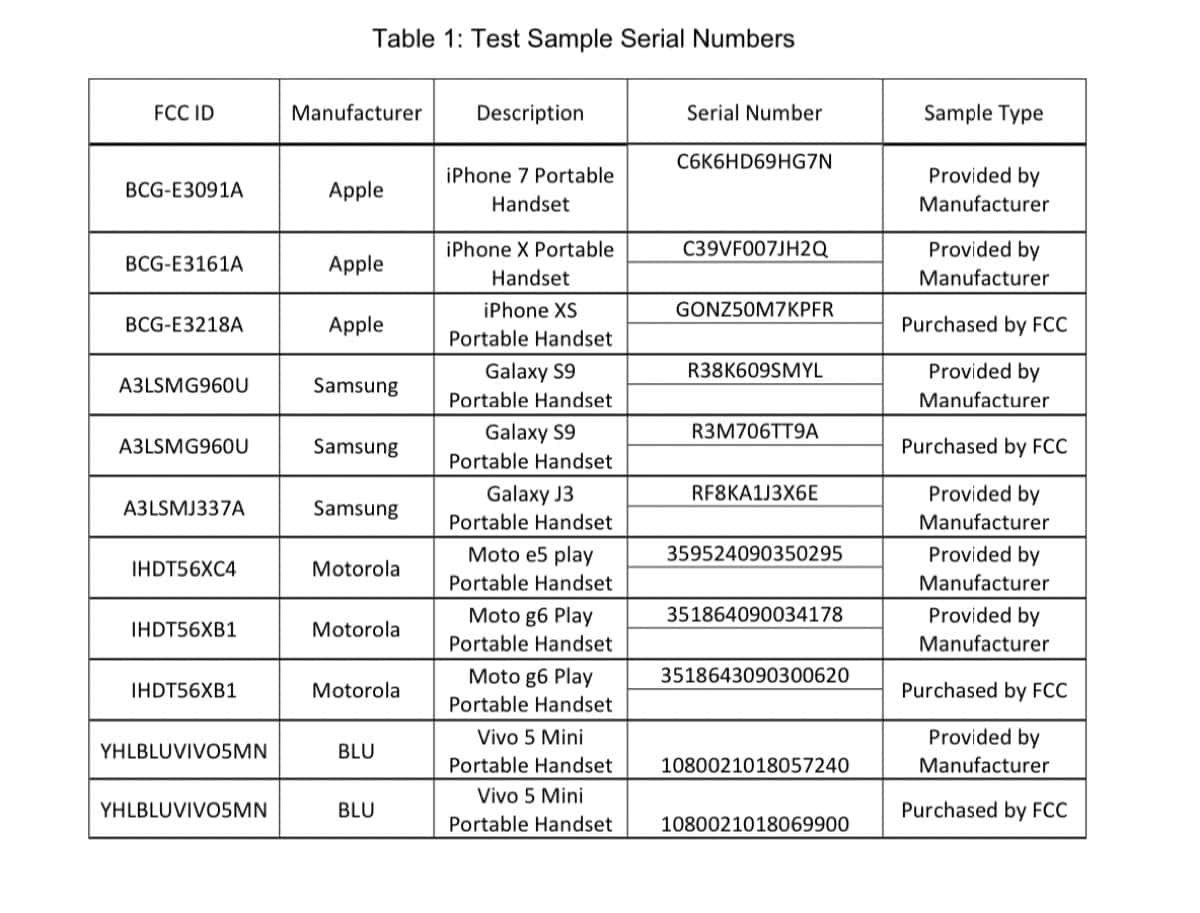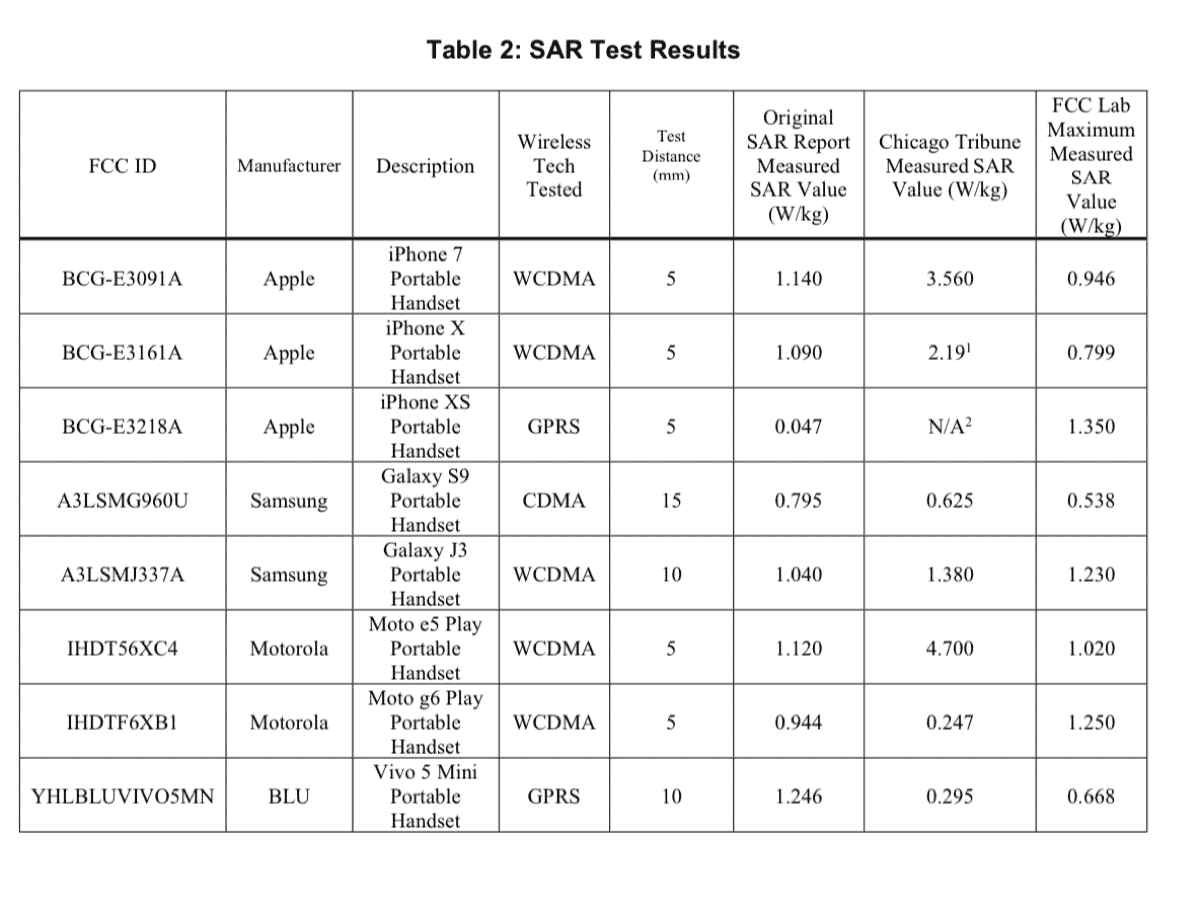In August The Chicago Tribune started an investigation and claimed that some iPhones and Android phones were emitting radiofrequency (RF) radiation that exceeded federal safety limits. The FCC has concluded [PDF] that these phones remain compliant with safety standards.
RF Safety
The Chicago Tribune’s tests were conducted by RF Exposure Lab, LLC in San Marcos, California. They tested phones from Apple, Samsung, BLU, and Motorola. The FCC Laboratory various models including the iPhone XS, Samsung Galaxy S9, Motorola Moto G6 Play, and BLU Vivo 5 Mini.

The FCC’s RF exposure limits are based on specific absorption rate (SAR). This is a measure of the rate at which energy is absorbed by the human body when exposed to an RF electromagnetic field. The test uses standardized models of a human head and body filled with liquids that simulate RF absorption in real human tissue.
To be compliant with FCC rules the SAR value has to be below 1.6 watts per kilogram averaged over the volume containing a mass of 1 gram of tissue. Each device tested below the 1.6 figure. As you can see in the chart below, the device that was the highest at 1.350 was the iPhone XS. You can also see each SAR value is far lower than the conclusion reached by The Chicago Tribune.

Further Reading:

Andrew:
In the scientific community, when you see discrepancies this large, it typically prompts a review of the methodology used by one or all groups. That the FCC is clear on their methodology, and is considered the standard, puts the onus on The Chicago Tribune to fully explain their methods and results.